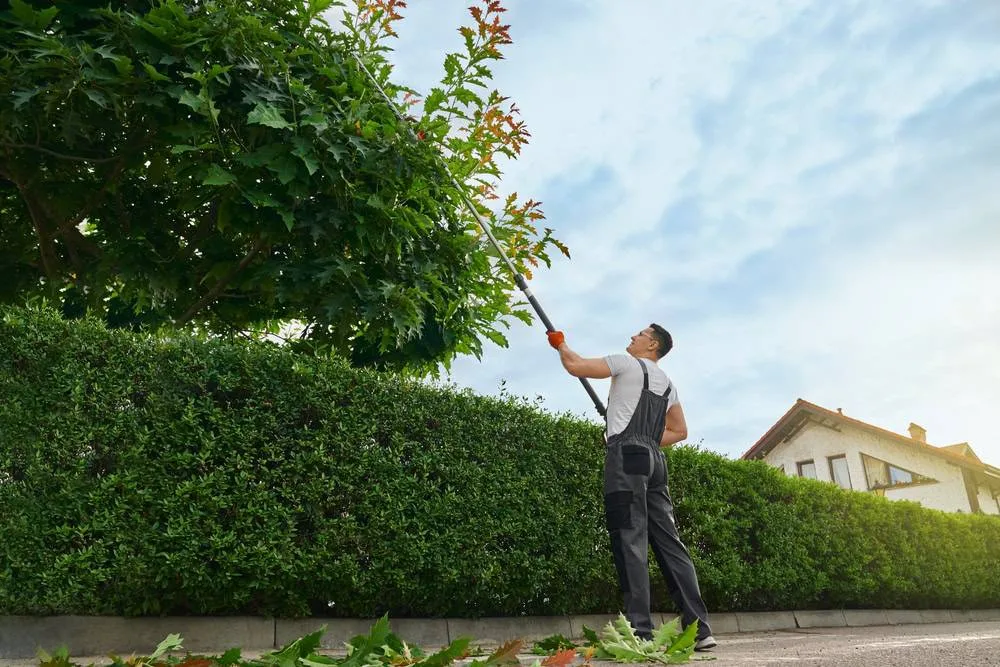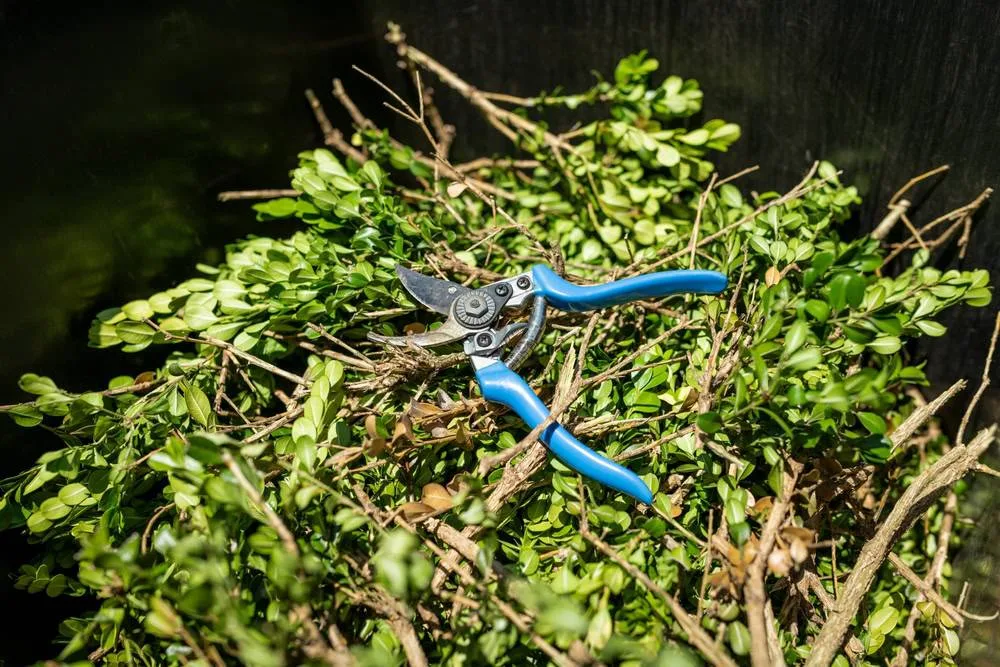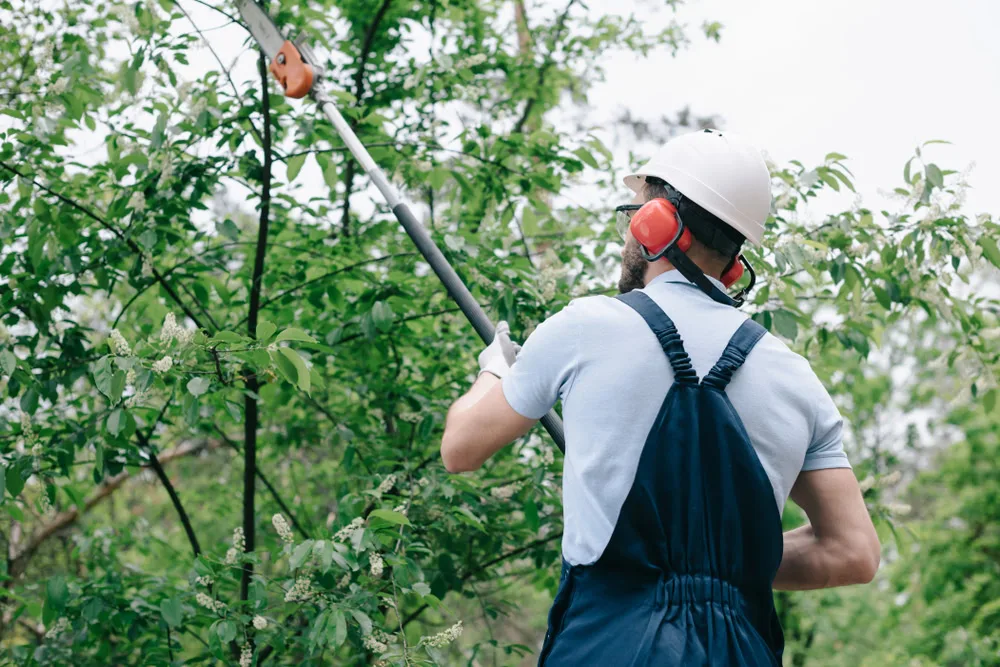Tree Trimming in Selden, NY
Safe, Professional Tree Care You Can Trust
Protecting your property with expert tree trimming that keeps your landscape healthy and your family safe.

Hear from Our Customers

Professional Tree Care Services
When your trees are properly trimmed, you stop worrying about branches falling on your house during the next storm. You get better views, more sunlight in your yard, and trees that actually grow stronger instead of becoming a liability.
Professional tree trimming isn’t just about making things look neat. It’s about removing dead or weak branches before they become dangerous, improving air circulation to prevent disease, and shaping growth so your trees stay healthy for decades.
You’ll notice the difference immediately. Your property looks cleaner, your trees are visibly healthier, and you can finally stop looking up nervously every time the wind picks up.
Selden Tree Trimming Experts
Green Light Tree Services has been handling tree care across Long Island for years. We understand how coastal weather, sandy soil, and seasonal storms affect the trees in your yard.
Our team knows which branches need to go and which ones to keep. We’ve seen what happens when trees aren’t maintained properly, and we’ve cleaned up after plenty of storms that could have been less destructive with proper trimming.
We’re licensed, insured, and equipped to handle everything from routine maintenance to emergency situations. When we finish a job, your property is cleaner than when we started.

Tree Trimming Process
We start by assessing your trees to identify dead, diseased, or dangerous branches. Every tree is different, so we look at the species, age, health, and how it’s positioned relative to your house and power lines.
The actual trimming uses proper techniques that promote healthy growth. We make clean cuts at the right angles, remove branches that are rubbing against each other, and thin out areas where branches are too dense.
Cleanup is part of the service. We remove all debris, chip branches on-site when possible, and leave your property cleaner than we found it. You don’t deal with piles of branches or scattered leaves.

Ready to get started?
Complete Tree Maintenance Solutions
Our tree trimming service includes a complete health assessment of your trees. We identify potential problems before they become expensive emergencies, like branches that are starting to die or areas where disease might be developing.
We handle the technical aspects that most people don’t think about. Proper pruning cuts that heal correctly, understanding which branches to remove during different seasons, and knowing how much you can safely trim without stressing the tree.
In Selden, we deal with everything from mature oaks that need careful maintenance to newer plantings that need shaping. We also provide emergency trimming after storms, when you need dangerous branches removed quickly and safely.
